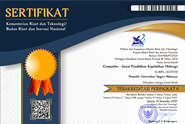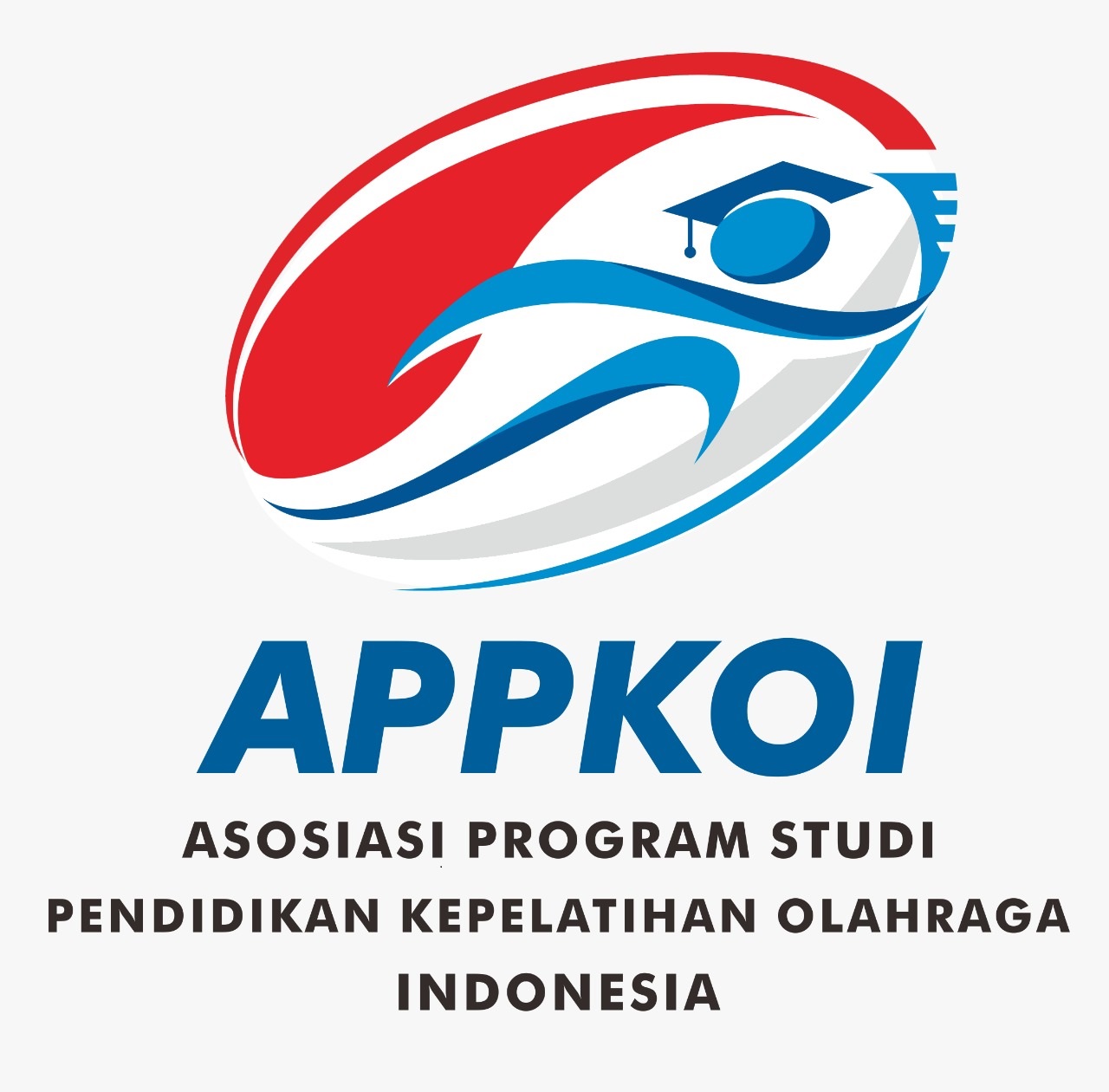The Effect Of Brand Ambassador On Bicycle Purchase Decisions
(1) Education University of Indonesia
(2) Education University of Indonesia
(3) Education University of Indonesia
(*) Corresponding Author
DOI: https://doi.org/10.26858/cjpko.v13i3.22843
Abstract
The purpose of this study was to determine the influence of brand ambassadors on bicycle purchasing decisions. This research is a quantitative descriptive research with the type of survey research. The population in this study are consumers who buy polygon bicycles at YZKUZMA Bike Gallery, Cimahi City. The sampling technique used was convenience sampling/accessible sampling (samples) as many as 80 people. Then the data was processed using SPSS version 25 software using simple regression analysis. Based on the results of data analysis, it is known that the t test results have a significance value less than 0.05 (sig < 0.05), so it can be concluded that brand ambassadors partially have a significant effect on bicycle purchasing decisions. In addition, an R Square value of 0.306 or (31 percent) was obtained. This shows that 31 percent of the purchasing decision variables can be explained by the brand ambassador variable, while the remaining 69 percent by variables outside the study. These results show that the brand ambassador factor is not the only factor that influences consumer purchasing decisions given the complex nature of purchasing decisions and tends to fluctuate. Purchasing decisions are also influenced by various factors that are no less important, namely the need, brand, purchase channel and time of purchase. so that this research is expected to be used as a reference for companies in optimizing the role of brand ambassadors and other factors that will have a positive impact on consumer purchasing decisions.
Keywords
Full Text:
PDFReferences
Aoki, K., Tudor, R. K., Borders, A. L., & Lester, D. H. (2020). Why build sustainable relationships with customers? - The effects of “Ambassador Program.” Journal of Global Scholars of Marketing Science, 30(3), 291–303. https://doi.org/10.1080/21639159.2020.1766368
Bandeira, A. da S., da Silva, K. S., Del Duca, G. F., Zilch, G. R., de Oliveira, E. S. A., de Barros, M. V. G., & Nahas, M. V. (2017). Factors associated with bicycle use for commuting and for leisure among Brazilian workers. Sport Sciences for Health. https://doi.org/10.1007/s11332-017-0350-0
Bardocz-Bencsik, M., Begović, M., & Dóczi, T. (2019). Star athlete ambassadors of sport for development and peace. Celebrity Studies, 00(00), 1–16. https://doi.org/10.1080/19392397.2019.1639525
Barone, M. J., Norman, A. T., & Miyazaki, A. D. (2007). Consumer response to retailer use of cause-related marketing: Is more fit better? Journal of Retailing, 83(4), 437–445. https://doi.org/10.1016/j.jretai.2007.03.006
Cortsen, K. (2017). ‘Re-branding’ women’s football by means of a new Sports product: a case study of women’s football in Denmark. Soccer and Society, 18(7), 1058–1079. https://doi.org/10.1080/14660970.2015.1133410
Doubleday, A., Choe, Y., Isaksen, T. B., Miles, S., & Errett, N. A. (2021a). How did outdoor biking and walking change during COVID-19?: A case study of three U.S. cities. PLoS ONE. https://doi.org/10.1371/journal.pone.0245514
Doubleday, A., Choe, Y., Isaksen, T. B., Miles, S., & Errett, N. A. (2021b). How did outdoor biking and walking change during COVID-19?: A case study of three U.S. cities. PLoS ONE, 16(1 January), 1–13. https://doi.org/10.1371/journal.pone.0245514
Dumont, G. (2018). Creativity at work: the production of work for sale by brand ambassadors. Journal of Cultural Economy, 11(1), 69–82. https://doi.org/10.1080/17530350.2017.1403947
Grix, J., Brannagan, P. M., Grimes, H., & Neville, R. (2020). The impact of Covid-19 on sport. International Journal of Sport Policy and Politics. https://doi.org/10.1080/19406940.2020.1851285
Hadi, F. K. (2020). Aktivitas Olahraga Bersepeda Masyarakat Di Kabupaten Malang Pada Masa Pandemi Covid-19. Sport Science and Education Journal.
Kholilah, S., Tristiyono, B., & Susandari, H. (2019). Desain Sepeda yang Mendukung Aktivitas dan Gaya Hidup Masyarakat Kota Metropolitan dengan Konsep Mudah Dibawa dan Ringan. JURNAL SAINS DAN SENI ITS.
Kim, M. (2020). How Phil Knight made Nike a leader in the sport industry: examining the success factors. Sport in Society, 23(9), 1512–1523. https://doi.org/10.1080/17430437.2020.1734329
Lohneiss, A., & Hill, B. (2014). The impact of processing athlete transgressions on brand image and purchase intent. European Sport Management Quarterly, 14(2), 171–193. https://doi.org/10.1080/16184742.2013.838282
Park, S., Kim, B., & Lee, J. (2020). Social Distancing and Outdoor Physical Activity During the COVID-19 Outbreak in South Korea: Implications for Physical Distancing Strategies. Asia-Pacific Journal of Public Health. https://doi.org/10.1177/1010539520940929
Robinson, L. (2008). The business of sport. In Sport and Society: A Student Introduction, Second Edition. https://doi.org/10.4135/9781446278833.n14
Susanto, N. (2020). PENGARUH VIRUS COVID 19 TERHADAP BIDANG OLAHRAGA DI INDONESIA. Jurnal Stamina.
Yorke, C. C., & Archer, A. (2020). Ambassadors of the game: do famous athletes have special obligations to act virtuously? Journal of the Philosophy of Sport, 00(00), 1–17. https://doi.org/10.1080/00948705.2020.1788776
Article Metrics
Abstract view : 628 times | PDF view : 150 timesRefbacks
- There are currently no refbacks.
Copyright (c) 2021 Kusmawati Yazid

This work is licensed under a Creative Commons Attribution 4.0 International License.
COMPETITOR IS LICENSED BY :
 COMPETITOR is licensed under a Creative Commons Attribution 4.0 International License.
COMPETITOR is licensed under a Creative Commons Attribution 4.0 International License.
COMPETITOR EDITORIAL LOCATION :
![]() Kampus FIK Banta Bantaeng, Jalan Wijaya Kusuma Nomor 14, Rappocini, Makassar, Postal Code 90222
Kampus FIK Banta Bantaeng, Jalan Wijaya Kusuma Nomor 14, Rappocini, Makassar, Postal Code 90222
COMPETITOR IS INDEXED BY















